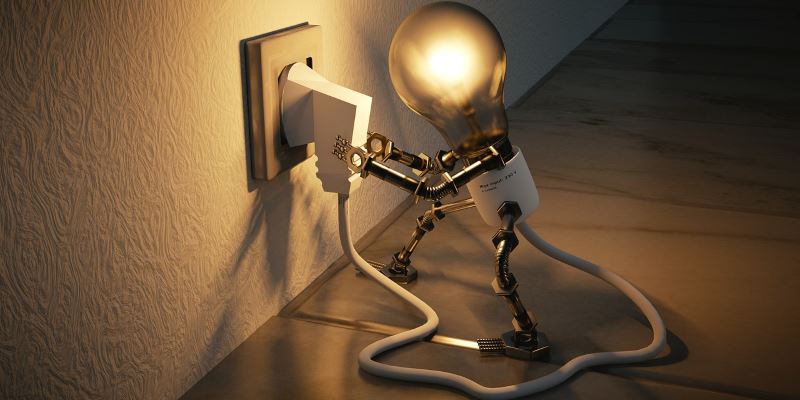
One big problem with getting everything connected in the world of IoT is compatibility issues. Some devices play well with Amazon Alexa, but not with Google Home. Android apps for IoT device control is great unless you own an iPhone. It can be a real problem getting them to work well together, and this is where Microsoft hopes to make their step into IoT.
We’ve talked about how Microsoft is aggressively pushing into the IoT world, including converting their old Kinect accessory from a gaming tool to an IoT device, as well as buying up a popular IoT component manufacturer. Their latest announcement, however, reveals they’ve now set their sights on making the IoT space more compatible.
How Microsoft Solves the IoT Compatibility Problem
This is the case of the introduction of Plug-and-Play in the IoT world. If you’re not sure what that term means, it’s the reason why you don’t usually need to download drivers when you plug a new device into a Windows 10 machine. The operating system will detect the device and automatically set it up, so all the user needs to do is “plug it in and play.”

This is what Microsoft wants to introduce into the IoT world. Why fiddle with device drivers and installing things when you can connect a new device to a Windows 10 machine and have it install itself?
Not only does this help the end user, but it also aids the people making the devices in the first place. Instead of having to code the device to be compatible with different PCs, they can leave it for the Plug-and-Play technology to deal with it instead.
Who Supports Plug-and-Play?
Of course, Microsoft needs some people on-board in order to make this happen. That’s why they’ve brought Askey, Brainium, Compal, Kyocera, Thudercomm, STMicroelectronics, and VIA Technologies into the mix.

On top of all this support, Microsoft already has its own cloud-based IoT solution; Azure. They already have the infrastructure to sync devices across machines, and the new Plug-and-Play technology will make it easy to get gadgets talking to one another.
Will It Take Off?
Of course, the success of this Plug-and-Play IoT wholly depends on how well Microsoft manages to perform in the IoT world. They’re doing great in the business world, but they’re not as prevalent among consumer electronics.

As a result, while you may not see this nifty new feature in your new IoT devices around the home, it could be used to grow entire networks that help build a smart building or even a smart city!
Whichever way Microsoft goes with this new technology, the concept of Plug-and-Play is a promising one for the world of IoT. The first company to popularize easy connections between devices will probably steal the spotlight, as companies and consumers alike adopt their products due to their ease of installation.
Internet of Convenient Things
Getting IoT devices to talk to one another can be bothersome, but Microsoft aims to reduce the stress by introducing Plug-and-Play into the IoT scene. If it takes off, we should eventually see devices that need little effort from user or developer to get talking to other devices in the cloud.
Do you think Plug-and-Play for IoT will take off? Let us know below.







